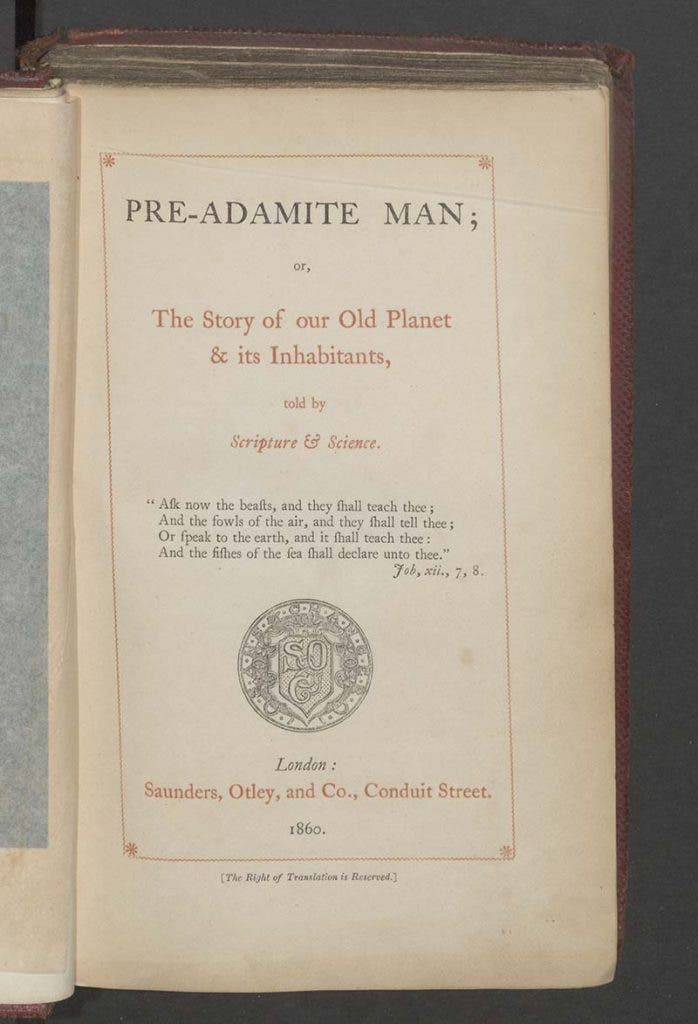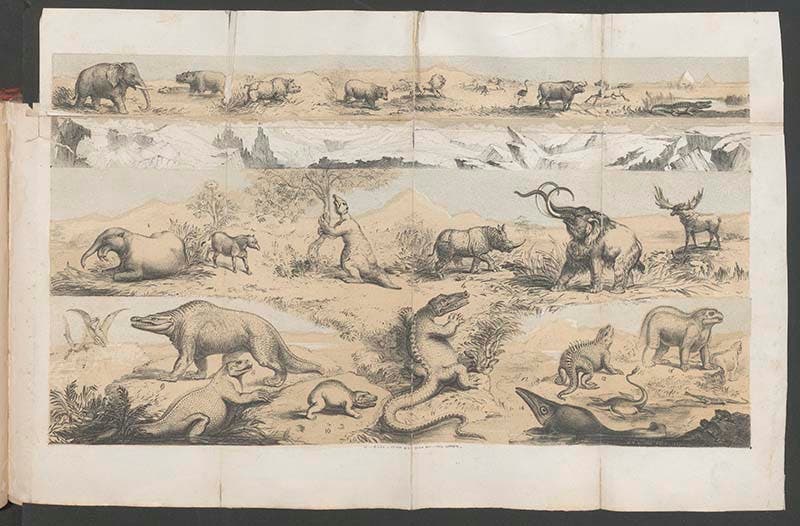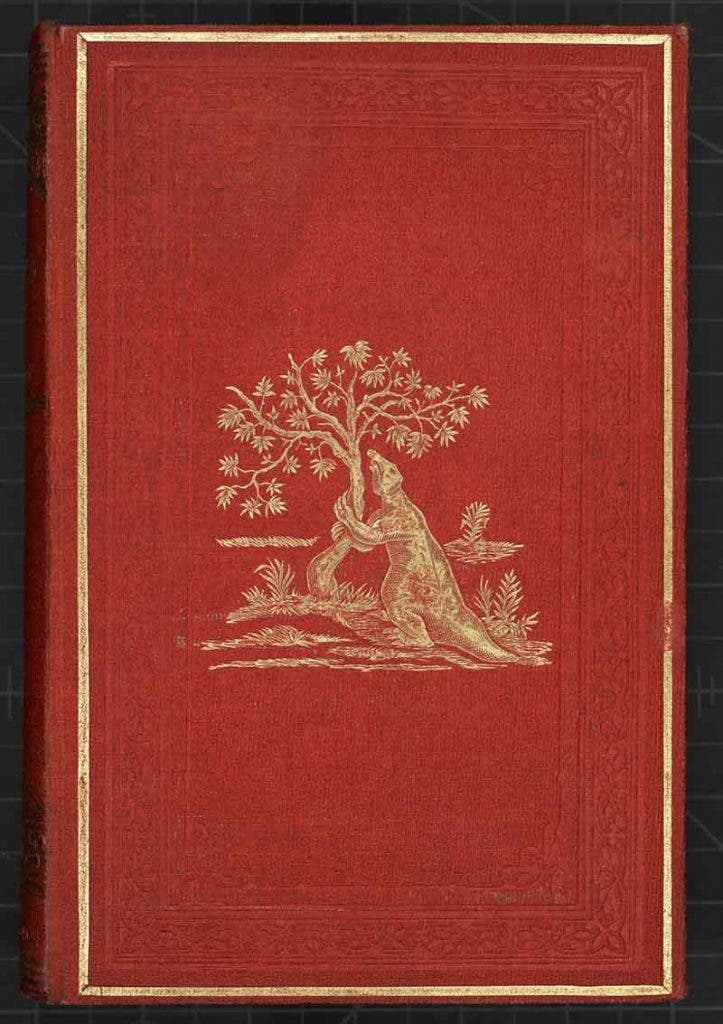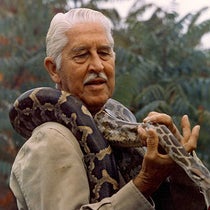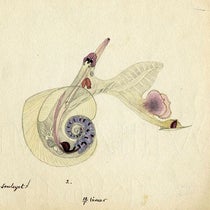Scientist of the Day - Isabelle Duncan
Isabelle Duncan, an English writer and evangelical, died Dec. 26, 1878, at age 68; her date of birth is not known. In early January, 1860, just over a month after Darwin's Origin of Species first appeared in print, Duncan published an unusual book, called Pre-Adamite Man. Duncan was attempting to reconcile her evangelical Christianity and her firm belief in the veracity of Scripture with the burgeoning scientific literature claiming that the world was ancient and that humans had a great antiquity as well. She managed this by reviving a 17th-century proposal that there had been two creations. Only the second creation was described in Genesis, but the first was subtly implied. Pre-Adamite man had lived simply and primitively and had fashioned the stone tools that geologists were then beginning to find among the remains of extinct animals. And because they lived before Adam, these first humans were free of original sin, and so they did not die, which is why we do not find their physical remains among the animal bones. Duncan suggested that perhaps the pre-Adamites became the angels that the Bible describes but whose origin is otherwise unaccounted for.
For Duncan, the Great Divide between Pre-Adamite Man and the descendants of Adam was not the Great Flood, but the Ice Age, which had only recently been proposed by Louis Agassiz (1840). Duncan included a remarkable folding frontispiece in her book that shows the world of extinct animals at the bottom, and the current Creation at the top (third image)
The Pre-Adamite world is divided into two levels. At the bottom is what was then called the Secondary Era, populated by large reptiles, including the three known dinosaurs (see detail, first image). Duncan drew these images from the concrete restorations that had just been constructed by Waterhouse Hawkins on the Crystal Palace grounds at Sydenham and depicted in a book by Hawkins. The middle level shows the large mammals of the Tertiary Era, such as the Megatherium or giant ground sloth (see detail, fourth image). The barrier between the Tertiary and the Quaternary (modern era) is the Age of Ice, appropriately shown in white. This is, I believe, the very first inclusion of the Ice Age in a diorama of this kind. Disappointingly, pre-Adamite man is not depicted in this plate.
Duncan's book was very popular and went through 6 printings in just 6 years. We have the second edition (1860) and the fourth edition (1862) in our collections. The 4th edition has an added incentive for the purchaser: a gold-embossed Megatherium stamped into the red cloth (fifth image).
The book that first proposed a pre-Adamite theory, and that inspired Duncan, was Prae-Adamitae (1655), by the French renegade theologian, Isaac de La Peyrère. We have that work as well in our History of Science Collection. Someday, when we are able to determine a birth date, death date, or other significant date for La Peyrère, he will get a well-deserved Scientist-of-the-Day post of his own. Dr. William B. Ashworth, Jr., Consultant for the History of Science, Linda Hall Library and Associate Professor emeritus, Department of History, University of Missouri-Kansas City. Comments or corrections are welcome; please direct to ashworthw@umkc.edu.


